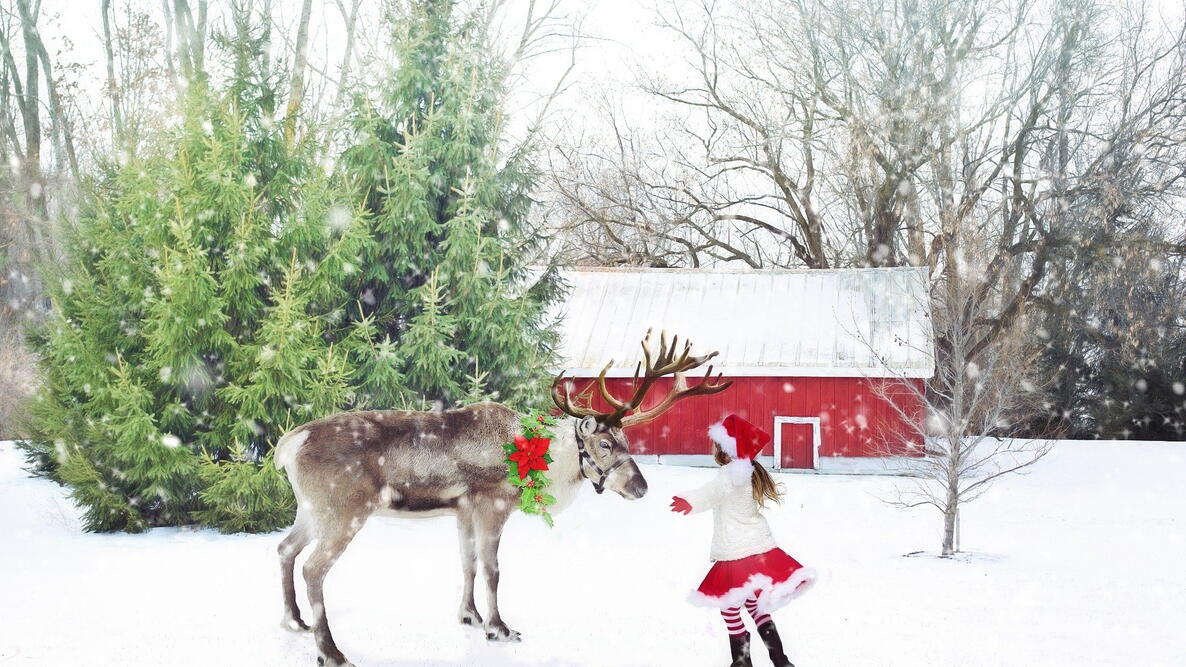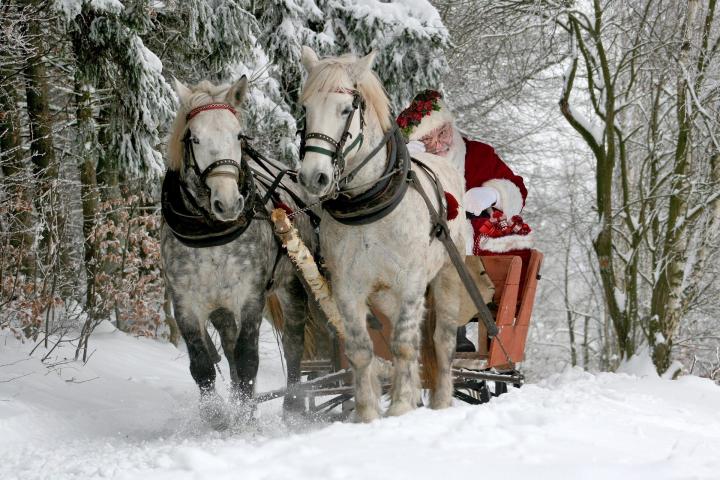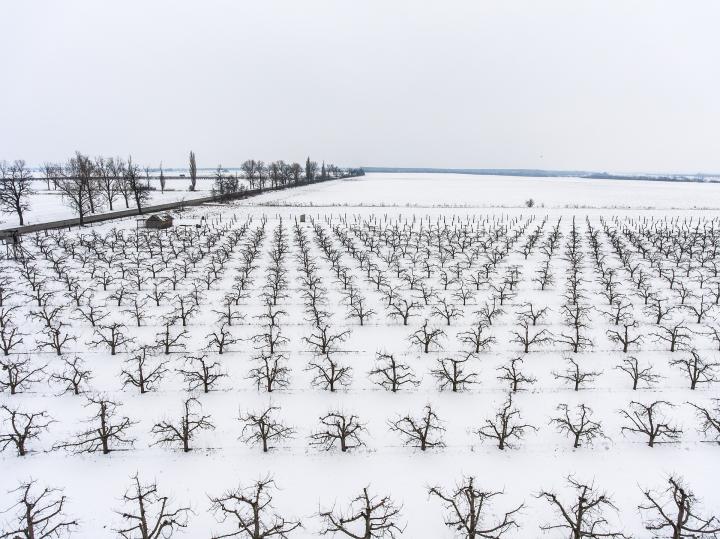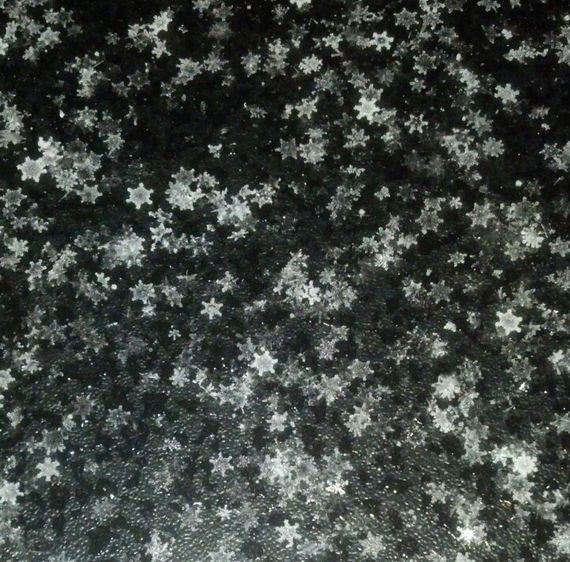
Subhead
Learn the meaning behind traditional Christmas proverbs and seasonal weather lore.
More Like This
Your exploration of Christmas Day weather folklore was a delightful read, shedding light on the rich tapestry of traditions and beliefs associated with this festive season. The idea that the weather on Christmas Day might predict the opposite for Easter adds a whimsical charm to the age-old proverbs. As I delved into your article, it struck me how these traditions connect us to nature's cycles and the agricultural rhythms embedded in our cultural fabric.
Speaking of weather predictions, it brought to mind the Snowday Predictor Canada website(https://snowdaypredictorcanada.com/), where modern technology meets the age-old curiosity about weather. While your article delves into the lore surrounding Christmas, the Snowday Predictor Canada website uses data and algorithms to forecast snow days, capturing the essence of anticipation that comes with winter weather.
Just as your article beautifully weaves together the past and present of weather folklore, the Snowday Predictor Canada combines tradition with innovation to keep us informed about winter's whims. Your insights added an extra layer of appreciation as I reflected on the intersection of tradition and technology in understanding and predicting the weather.
Looking forward to more fascinating reads from you.
I live on the mid texas gulf coast . My mother used to have a saying " hurricane in September, snow in December ", and it has proven true many times.
My husband grew up on an Iowa farm and says he always looked for the Gooseberry Snow. If it snows and the gooseberries have started to leaf out, that’s the last snow of the season.
No info on Chicago 1967 blizzard or tornado!
My great grandmother said, "Thunder in January (or February, forget which) snow in May. In the St. Louis snow storm of '85 or '86, it thundered, and in May there was still snow on the ground. Not sure if that counts for lore to be true, but I found it interesting.
Really liked the article and got me to thinking about past weather and what we are getting now.
love it all












Comments